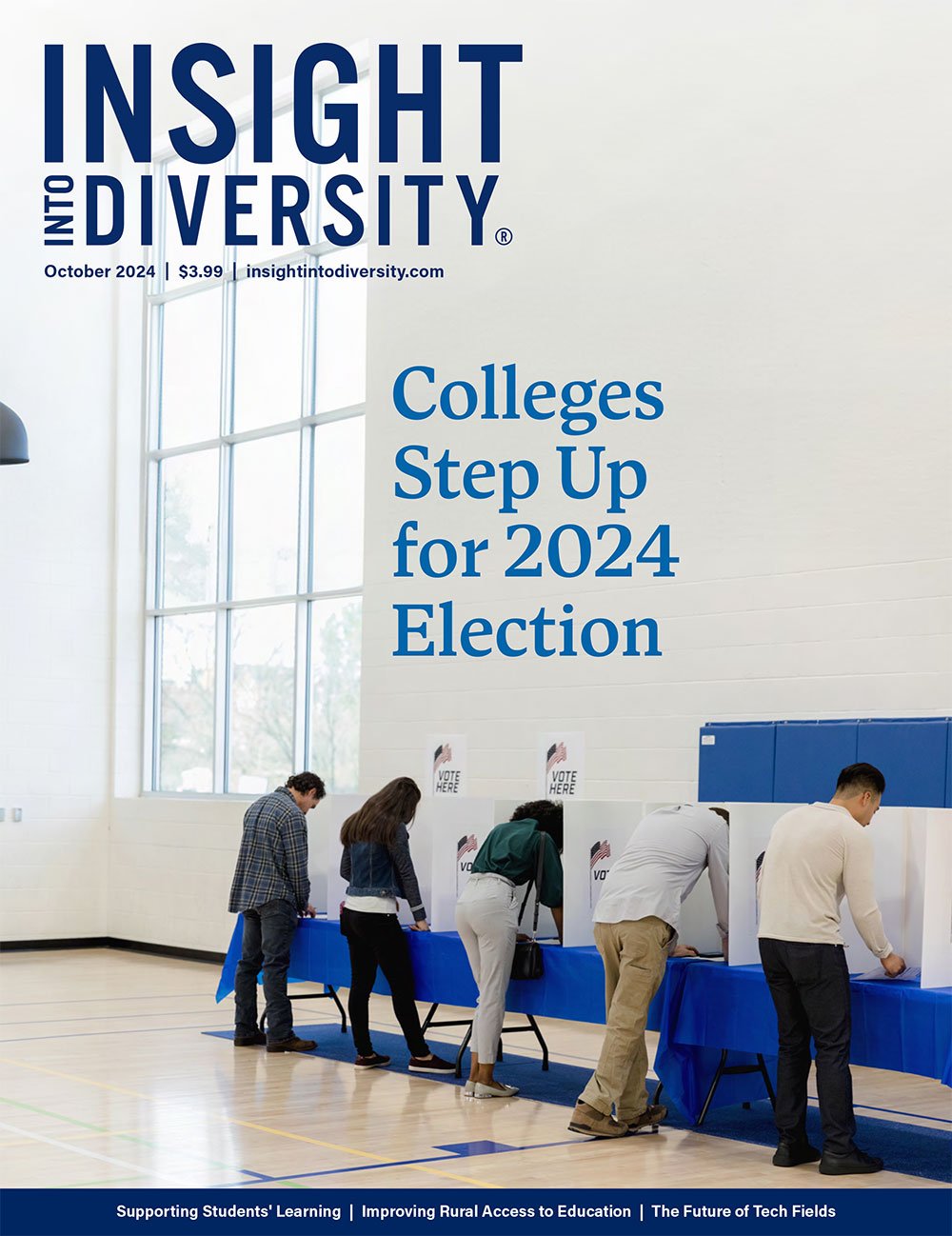As colleges and universities across the country face declining enrollments caused by rising tuition costs, changing job market demands, and demographic shifts, institutions are getting creative with solutions. One idea gaining traction is the little-known option called course sharing.
Course sharing aims to help small colleges address declining enrollments and increased competition by offering vocationally appealing programs without the costs associated with developing them independently. This method leverages online education technologies that have become more familiar and advanced during the COVID-19 pandemic. By partnering with other institutions, colleges can quickly introduce new programs in high-demand fields, attracting students who might otherwise have overlooked small liberal arts schools.
“Course sharing lets us maintain what we are, which is small and residential, but compete on selection and price,” Rick Ostrander, assistant to the president for academic innovation at Westmont College, said in an interview with the New York Times.
Many liberal arts colleges are struggling to attract students who prefer career-focused majors over traditional humanities disciplines. The number of humanities degrees has declined by 14% in the past decade, according to the American Academy of Arts & Sciences. Meanwhile, surveys show that students and parents are increasingly skeptical about the value of a liberal arts education, with nearly two-thirds of high school seniors questioning whether college is worth the investment.
Adrian College President Jeffrey Docking, a proponent of course sharing, said the approach has allowed the school to add 17 new majors, minors, and certificate programs in just two years. “This is remaking the business model,” Docking told the New York Times. The new programs have also helped boost enrollment, drawing students who might have chosen larger universities with more extensive offerings.
Course sharing isn’t limited to liberal arts colleges. Community colleges, historically Black colleges and universities (HBCUs), and Hispanic-serving institutions (HSIs) are also adopting the model to expand their programs and stabilize declining enrollments. Roslyn Clark Artis, president of Benedict College, an HBCU in South Carolina, said that while students may choose an HBCU for its unique culture, they also want access to career-oriented programs.
Despite its potential benefits, course sharing presents logistical challenges, such as aligning tuition rates and managing financial aid packages across institutions. However, with hundreds of colleges joining course-sharing networks since 2018, including the Council of Independent Colleges’ Online Course Sharing Consortium, the trend shows no signs of slowing down.




















